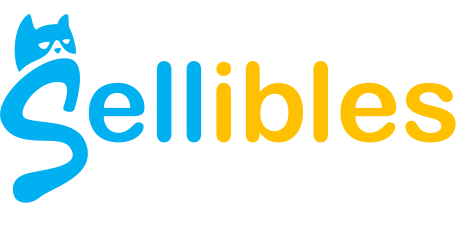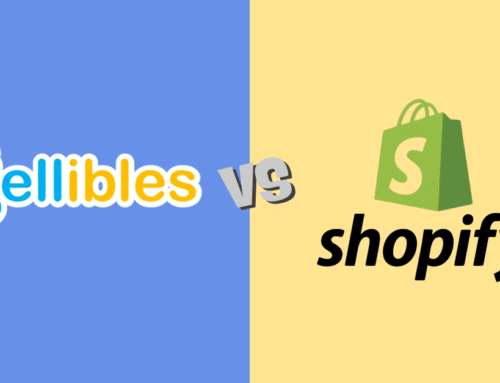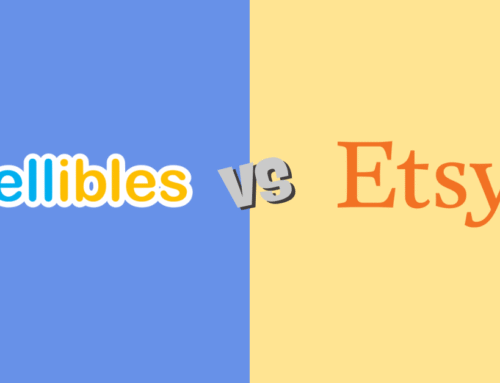Artificial Intelligence (AI) is becoming an increasingly dominant theme in the business world. In boardrooms, strategy decks, and investment roadmaps, “Artificial Intelligence (AI)” is now a permanent headline. Yet a much more critical question still remains largely unanswered:
Where exactly will we use AI within our business processes—and how?
Many companies still ask “What can AI do for us?” But that’s no longer the right question. AI’s capabilities are well known: speed, automation, predictive power, cost savings, scalability… The issue isn’t about knowing what it can do.
The real challenge is understanding how that potential can be embedded into actual workflows—and under what conditions it will deliver value.
The “How” Is Where It Gets Complicated
Artficial Intelligence (AI) isn’t just a fancy algorithm. For it to create value, it needs to be trained on relevant data, and trained well. This is where the process starts to get unclear for many organizations—especially those outside the tech sphere:
- How is a model trained?
- What kind of data is required?
- Which processes are suitable for AI intervention?
- How much data is enough?
These questions often go unanswered—even within technical teams.
Model Training Requires Big, High-Quality Data
AI models can only recognize patterns and make accurate predictions when trained on big, consistent, and meaningful datasets. Their success is directly proportional to the depth and precision of the data they ingest.
Let’s take a concrete example: a company wants to forecast monthly or annual sales. This cannot be done with sales numbers alone. The model must also account for:
- Historical pricing trends
- Customer segments and behaviors
- Seasonality and demand cycles
- Promotional periods and their impacts
- Supply chain constraints
- Regional sales differences
- Channel performance data
And ideally, the model shouldn’t be trained on data from one company alone—but on aggregated data from multiple firms across sectors to become truly generalizable.
Data Exists—but Access Does Not: The Barrier of Corporate Confidentiality
And here lies the second major challenge: data confidentiality.
The level of detailed data required for effective model training often includes a company’s most sensitive assets. Sharing this:
- With third-party AI platforms
- Through external integrations
- Across partner ecosystems
raises significant concerns about information security and competitive advantage.
The result?
- The data exists, but cannot be transferred
- The model is designed, but cannot be trained
- The system is technically ready, but practically useless
AI potential stays theoretical.
How Sellibles Can Help Solve This?
This is where platforms like Sellibles could play a transformational role by creating a trusted, shared infrastructure for collaborative learning.
Sellibles can consolidate and anonymize operational sales data across companies, enabling AI models to be trained without ever exposing sensitive, company-specific information. That means:
- Companies retain full control over their proprietary data
- No raw data is shared directly between organizations
- Every participant benefits from a smarter, better-trained AI model
In short, Sellibles offers a way to leverage collective intelligence without compromising corporate privacy. That’s a breakthrough that can accelerate adoption of AI for:
- Sales forecasting
- Channel performance optimization
- Promotion strategy design
In Summary
For AI to genuinely deliver in business, three questions must be answered with confidence:
- Where will it be used? What process, what decision point, what team?
- How will it be used? What data will power it? What outcome is expected?
- Can we access that data? Is it secure, relevant, and actionable?
No AI initiative can be sustainable without solving this trio. The technology might be ready, but if the context isn’t, nothing moves.
AI is a lever. But if we don’t define where to apply it, what powers it, and in which direction to push—no weight will be lifted.
Visit our Linkedin page to learn more about Sellibles






Leave A Comment